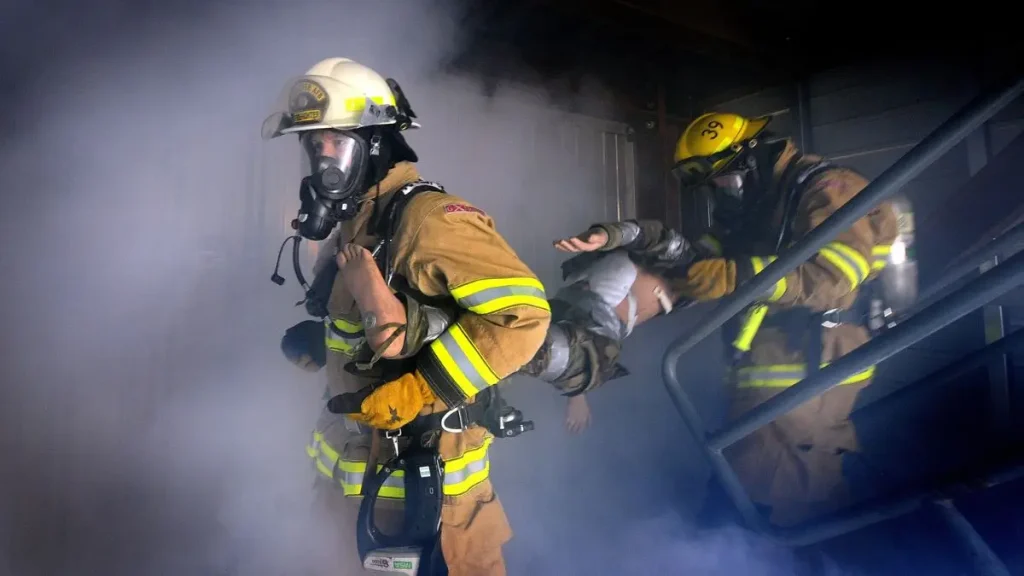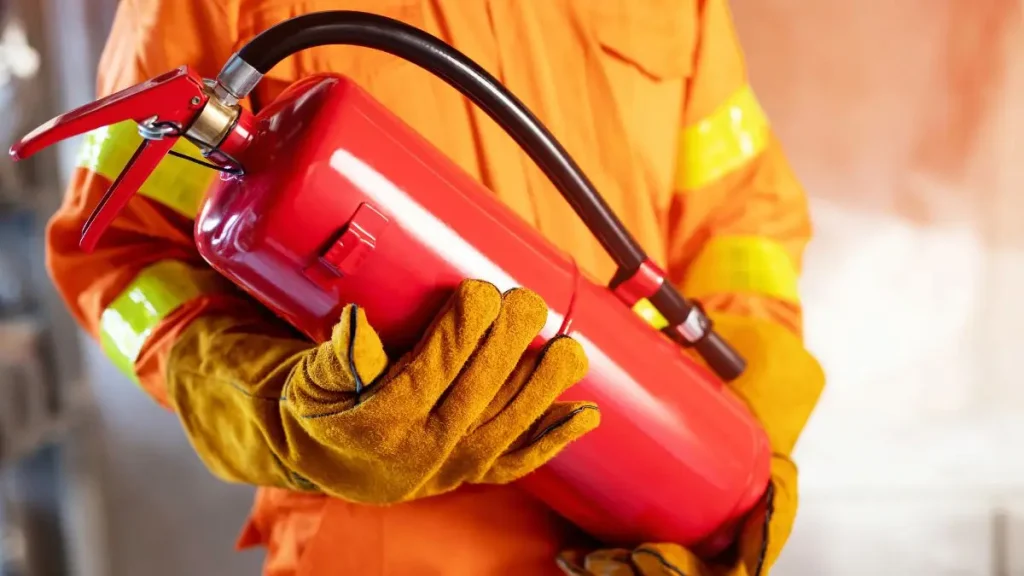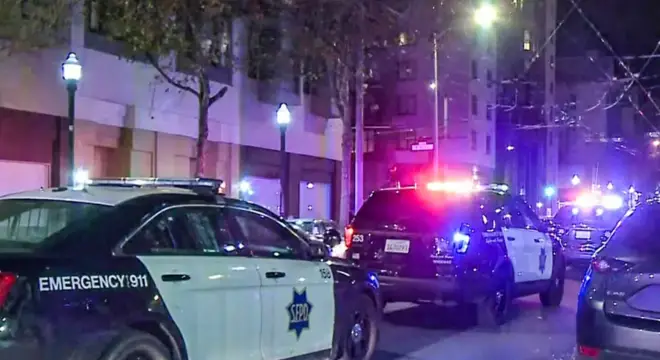House Fire Destroys Texas Home, No Injuries Reported
I still remember the shock when I first read about the fire on Scotland Drive in Flour Bluff. Around 3:00 a.m., a residential home was suddenly engulfed in heavy flames, and the scene must have been terrifying for anyone nearby. Units from the Corpus Christi Fire Department, Emergency Services District 2, and NAS Fire rushed to the spot, each team coordinating quickly to control the blaze before it could spread to neighboring houses.
By the time the crews deployed multiple hose lines, the fire had already taken a heavy toll on the structure. Officials later confirmed that the home was a total loss. The relief, however, came when they reported that no one was injured — a small but significant victory amid such devastation.
Even though the cause of the fire is still under investigation, the speed and coordination of the response prevented what could have been an even larger disaster. Reading about it, I couldn’t help but think about how fragile safety can feel in moments like these — and how crucial it is to be prepared, even when you least expect danger.
Firefighting Efforts and Response

When I read how the crews tackled the blaze, I couldn’t help but feel impressed by their coordination. According to KRIS TV, units from Corpus Christi Fire Department, Emergency Services District 2, and NAS Fire all responded swiftly.
They immediately deployed multiple hose lines and worked seamlessly to prevent the fire from spreading to neighboring homes. Watching how different departments can come together under pressure made me realize how vital planning and teamwork are in emergencies.
For you, this is a reminder that knowing your local emergency numbers and fire department capabilities isn’t just smart — it could save your home or life one day.
Extent of Damage and Structural Impact
The fire left the home on Scotland Drive a total loss. Even with the rapid response, the flames consumed the structure almost entirely. But the relief comes in knowing that no one was injured.
Understanding the extent of damage can be sobering. It reminds me — and should remind you — that fires can escalate in minutes.
Simple preventive steps like smoke detectors, fire extinguishers, and a clear escape plan can make a huge difference.
Understanding real-life cases, like the Minneapolis house fire incident, can help us implement stronger safety measures at home and learn from others’ experiences.
Cause of Fire and Investigation
As of now, officials have not released the cause of the fire, and investigations are ongoing. Fires can start in many ways: electrical faults, unattended cooking, or even heating equipment gone wrong.
I like to think of this as a moment to reflect on my own home. Have I checked wiring lately? Are all my appliances in safe working order?
Being proactive doesn’t prevent every accident, but it dramatically reduces risk.
In some cases, like the Plainfield home explosion that caused severe injury, unexpected hazards can lead to devastating results, reminding us why regular safety checks are crucial.
Safety Lessons and Preventive Measures

Reading this story makes me want to go through my home with a fine-tooth comb. Are smoke detectors working? Do I have a fire extinguisher in the kitchen? Do my family members know the escape route?
For you, these small checks are simple, but they matter more than we usually think.
Community programs and fire department workshops can give practical tips — sometimes just one conversation can make a life-saving difference.
You can also get real-time home safety updates and tips directly via WhatsApp — it’s a handy way to stay prepared on the go.
Emotional and Community Impact
Even though no one was hurt physically, I can only imagine the shock and fear the residents felt. Losing a home is not just about property — it’s the memories, the comfort, the feeling of safety.
But here’s the silver lining: in times like this, community support can be powerful. Neighbors, local organizations, and online groups often step in to help families rebuild, both emotionally and practically.
It reminds me — and maybe you too — that preparation isn’t just about equipment; it’s also about connection and support networks.
Tragic incidents, such as the Albany house fire that claimed five lives, show how sudden disasters can shake entire communities, highlighting the importance of support systems during recovery.
Key Takeaways and Actionable Advice
Reading about the Scotland Drive fire left me thinking about what I can do today to make my home safer. Here are the main takeaways I want you to remember:
- Fires can happen anytime, even in the early hours when we least expect them.
- Quick response and teamwork saved neighboring homes — but preparation on your part matters just as much.
- Check your smoke detectors, have fire extinguishers handy, and ensure your family knows an escape plan.
- Community support and awareness can help recover from the emotional impact of disasters.
So, I have a question for you: When was the last time you checked your home for fire hazards? Take a few minutes this week — it might seem small, but it could make all the difference.
For more in-depth safety guides and real-life home incident stories, explore our Home Incidents section.
Disclaimer: The information in this article is based on currently available reports and official sources. It is intended for general awareness and educational purposes only. The author and publisher do not assume liability for any actions taken based on this content.


